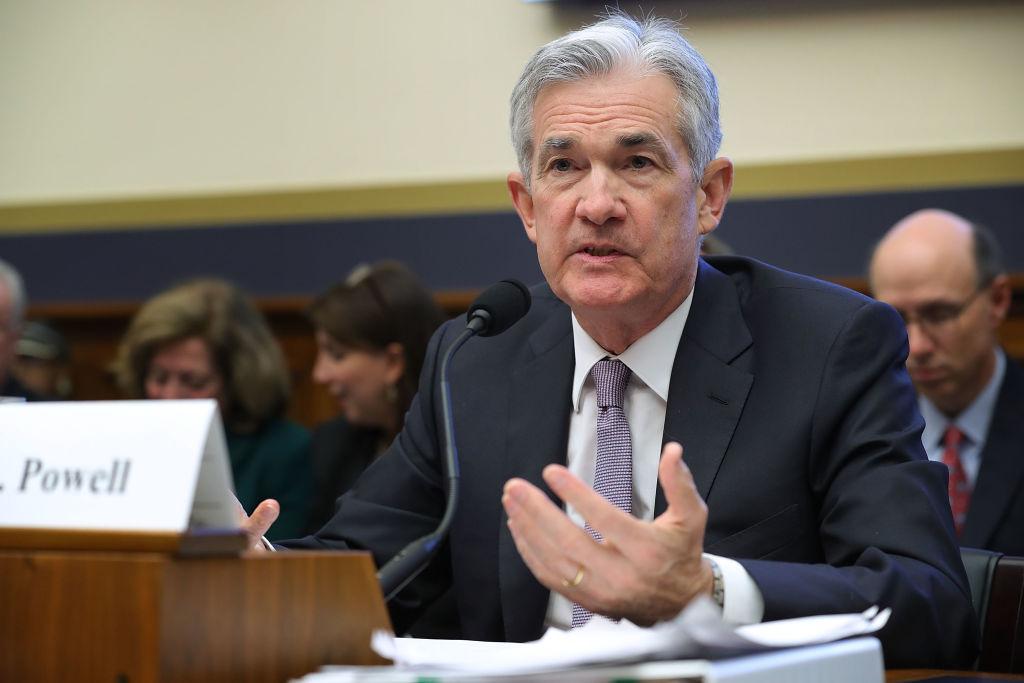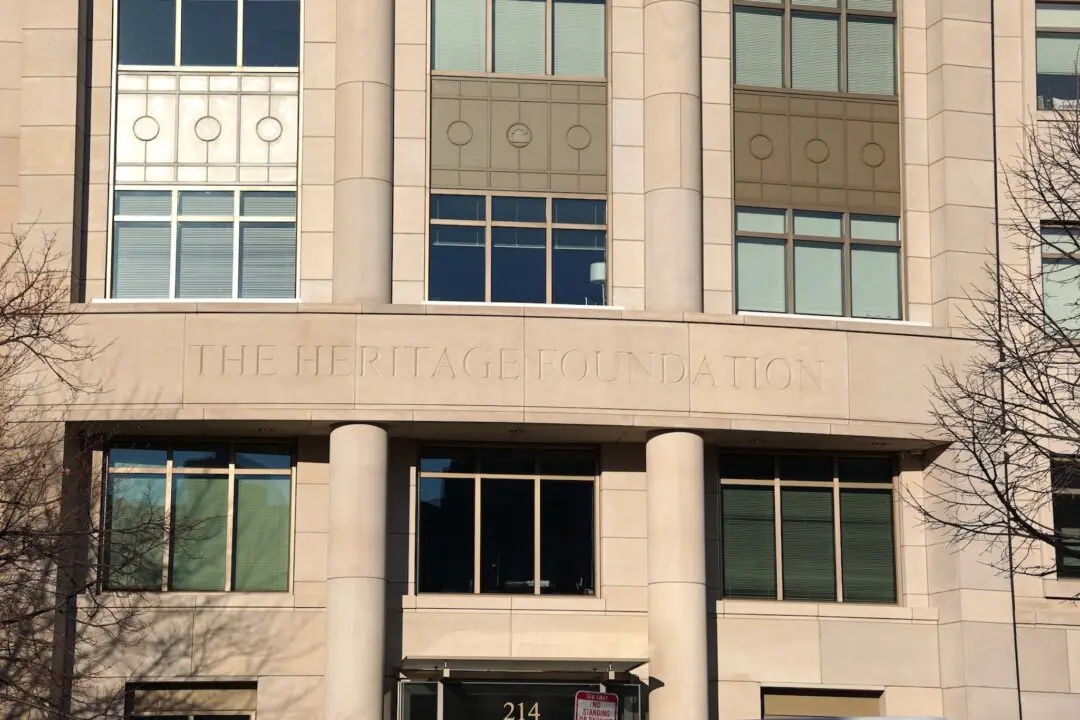In proposed changes to the Volcker Rule, U.S. regulators would give banks more flexibility in their trading activities and reduce their compliance burden. The changes would boost the market-making activity of banks and improve liquidity, according to experts.
The Volcker Rule is a provision in the Dodd-Frank Act, banking regulations signed into law in 2010 by President Barack Obama. The rule, which was adopted in 2013, prohibits banks from engaging in risky market bets with their own accounts, an activity known as proprietary trading. It also restricts banks’ ability to own or control the so-called “covered funds,” such as hedge funds or private equity funds.





